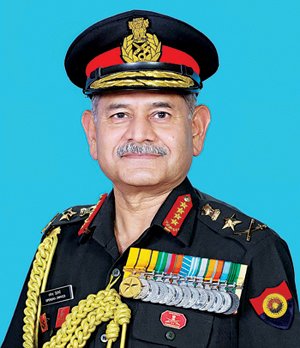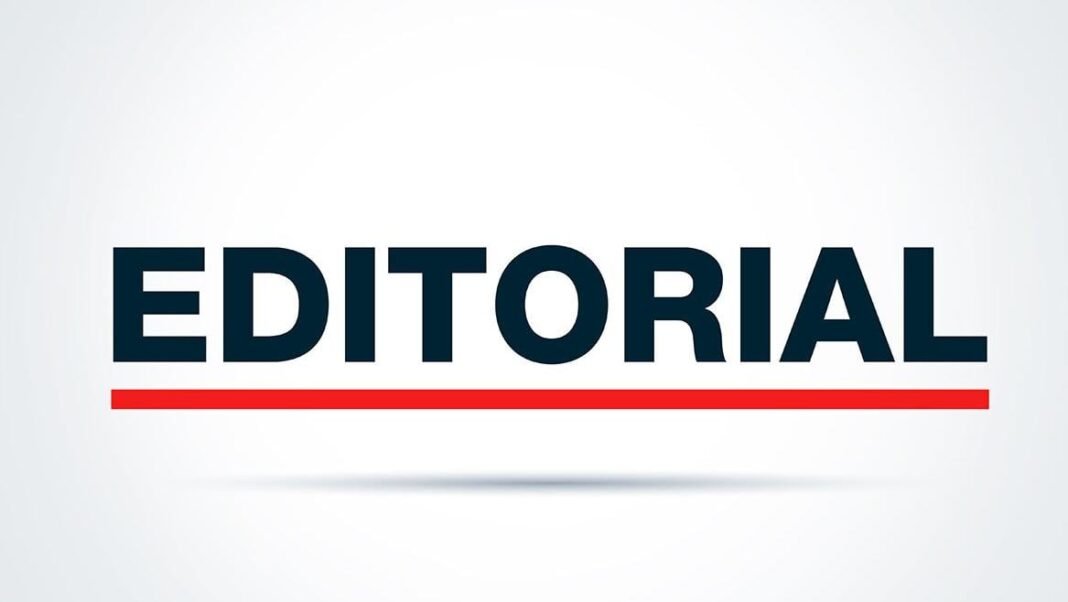General Dwivedi says high-value targets were struck post-attack; unveils sweeping military reforms on Kargil Vijay Diwas
Diplomat Correspondent
Drass, (DD): Chief of Army Staff General Upendra Dwivedi on Saturday described the recent Pahalgam terror attack, which claimed 26 civilian lives, as a watershed moment that redefined India’s approach to cross-border terrorism. Speaking during the Kargil Vijay Diwas commemoration in Drass, the Army Chief said the attack triggered a calibrated and forceful response aimed at dismantling the infrastructure supporting terrorism beyond the Line of Control.
“The Pahalgam incident was not just an act of terror—it was a turning point. Our response was swift, precise, and targeted at the root of the problem,” General Dwivedi said, referring to a covert operation between May 6 and 7 that, according to him, neutralized high-value targets across the border while avoiding civilian casualties.
He said the Indian Army, in coordination with multiple national security agencies, executed the operation under a unified strategy that reflected a new era of proactive deterrence. “From May 7 to 9, we remained fully prepared for any escalation. The message was clear—those who orchestrate or support terror will face direct and decisive consequences.”
Next-Gen Reforms: ‘Rudra’ and ‘Bhairav’ Units Take Shape
General Dwivedi also unveiled sweeping reforms within the armed forces, designed to enhance battlefield efficiency and future readiness. Central to this transformation is the creation of ‘Rudra Brigades’, integrated combat formations combining infantry, armour, artillery, special forces, drone warfare units, and logistics—trained to operate jointly from the outset.
“This is a significant shift from the conventional model where brigades operated within segmented roles. The Rudra Brigades are built for speed, synergy, and multi-domain warfare,” he said, adding that two such brigades are already operational.
Additionally, ‘Bhairav Battalions’, specially trained light commando units, have been raised for rapid cross-border and high-altitude operations. Each infantry unit is also now equipped with dedicated drone sections, while artillery wings are being upgraded with remote strike systems.
He noted that the Army’s air defence capabilities are being modernized using indigenous platforms to tackle evolving aerial threats, and stressed that all changes are being implemented through a coordinated effort involving other branches of the armed forces and relevant government departments.
“These reforms reflect not just structural evolution but a strategic recalibration of how India fights its wars—swiftly, jointly, and with technological superiority,” the Army Chief concluded(DD)





